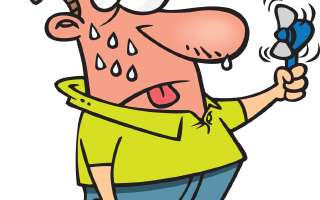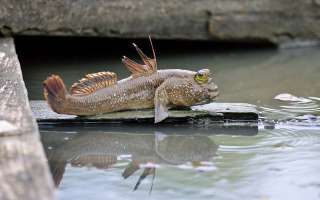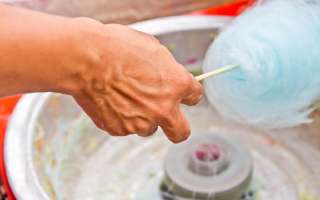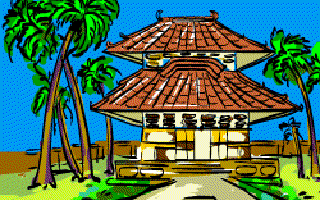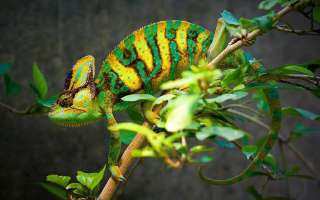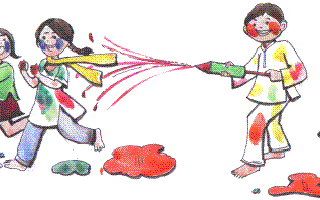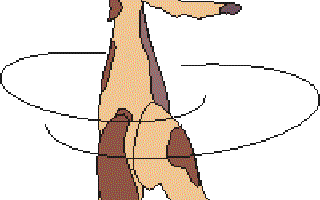We use the ‘Flesch–Kincaid Grade Level Formula’ to present scores as per US grade level. See all the grade levels here. Following articles, stories and features are appropriate for people at reading level of Grade 6 (Age 11-12 years). More information about Flesch–Kincaid readability tests can be found here.
246 items in this section. Displaying page 4 of 25
Why do Humans Sweat?
It is an annual ritual in most Indian homes. With the onset of summer it is time to bring the rusty, rickety old coolers down from the terrace and get them repaired. The reason is obvious – it is difficult to live through the hot, sweaty Indian summer without an air cooler. But did you know that the human body has its own cooler as well? Think of the times you have travelled in a car....
How do Earthquakes Happen?
Simply put, the shaking of the earth caused by a sudden shifting of rocks below its surface, is called an earthquake. The earths crust or outermost layer, is not made of one single piece of solid rock. It is actually made up of independent sheets of rocks called tectonic plates. The tectonic plates of the world were mapped in the second half of the 20th century. These plates slide against each other, giving rise to physical changes in the earths topography....
What is Cloud Seeding?
There was a time when a farmer would sit out in his field, watching a lonesome cloud float away, taking with it the last hope of a much-needed burst of rain. As humans take control over more and more natural processes – not necessarily for the betterment of civilisation – rain too seems to have finally been leashed in. Just like a farmer throws seeds on ploughed land to harvest plants, clouds can also be seeded with chemicals to induce rain!...
The Adventurer
I am sure all families are interesting. But I like to think that my family is especially interesting. I have such great nephews and nieces because of whom there is not a single dull moment in life. Two-and-a-half year old Arshiya goes around asking everyone a very serious question, “Are you happy?” If you ask her to exercise, she says, “I am not Swami Ramdev”. Swami Ramdev is an expert on yoga and comes on a television channel every day....
Can a Fish be an Amphibian?
The fish actually looks like it was cursed by a fairy to turn into a frog and the curse stopped working half way! It is called the mudskipper. Because it lives in swamps and estuaries with mud banks. An estuary is a place where a river meets the sea. It can crawl and jump over land too. It actually has a rollicking time jumping over mud! No wonder it is called the mudskipper! The mudskippers are probably the most land adapted of fish, and are able to spend days moving about out of water....
What is Cotton Candy?
It’s sticky, it’s messy and it’s just the thing to eat at a fair. Children or adults, most people do not consider a mela or fair complete without the giant-wheel and the fluffy cotton candy wrapped around a stick. Or budhiya ke baal (old woman’s hair), as it is popularly known in parts of northern India. And do you know what it is made of? Well, next time, don’t gobble up the whole of the candy....
How The Coconut Came To Myanmar
Myanmar (then called Burma) is known as the golden land of gold dome pagodas and swaying coconut trees. Coconut trees were originally called ‘gon-bin’ in Myanmar language, which translated in English means the mischief-maker’s tree. Why it is known by this most unusual name, is because once centuries ago, a raft carrying three people landed on the Burmese coast. The people on board this raft were taken to the king. On questioning them the king learnt that they had been banished from their own kingdom because of the crimes they had committed....
How do Animals Camouflage?
Remember the last time you played hide and seek. You hid behind a bush while your friend tried to find you. If you were wearing a green dress, the chance of you being seen was automatically reduced as you could be mistaken for a bunch of leaves. Hide and seek is a very old game and it seems human beings are not the only ones to play it. Small fish use the tactics of the game to hide from bigger ones, while moths and butterflies use them to hide from birds and other attackers....
Holi – The Colours of Spring
Quick, think of spring and what comes to mind? The festival of Holi, of course!! Think of Holi and what springs to mind? ‘Gulal’ or dry colours in bright shades, ‘pichkaris’ or water pistols, and buckets of water to drench people, right? For, winter has finally come to an end, and the friendly mischief of spring is in the air. And so, on the day of Holi, huge armies of children and adults come out on the streets....
Why Do Horses Need Shoes?
Clip-clop, clip-clop goes a horse on the road. If you look carefully you will see that it walks on the tips of its toes – like a ballet dancer. Walking on tiptoe for a long time is difficult for us, but horses find it the easiest thing to do. The foot of a horse is divided into a toe with a broad tip. While other animals have nails and claws, the horse has a hoof surrounding the toe....
